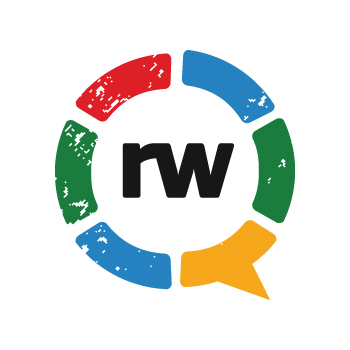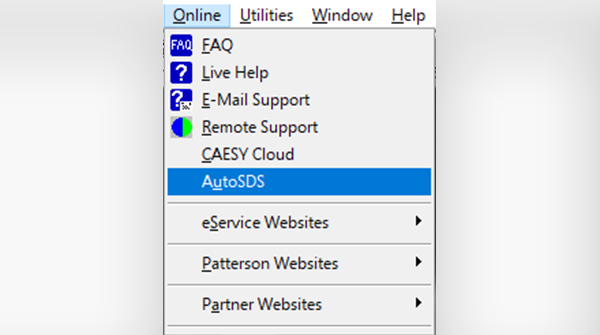
In this case, upgrading to Windows 10 from Windows 7 would also incur the need for a PM update to remain compliant and compatible. Dentrix G4 and G5 (up to 15.1) will not work with Windows 10, however, Dentrix G5 (15.2), G6, and G7 are compatible with Windows.Do not pass go until reading this blurb (and do not collect $200, sorry). Stop here if you use Dentrix or Eaglesoft. Now that you’re basically an expert on what Windows 7 EOL means, let’s get to the nitty-gritty of it all: compatibility or practice management (PM), imaging and other hardware/software. It’s imperative you contact your IT vendor or company to begin planning. From considering compatibility with practice software and technology to maintaining your practice’s budget. Transitioning operating systems takes careful planning.

How Do I Secure My Practice and Avoid HIPAA Violations? Some dental software vendors will stop supporting your computers (SPOILER ALERT: more to come on that shortly), and your practice is put at risk for costly fines and reputational harm. Your entire network becomes vulnerable to cyber-attacks and data loss, making your systems non-compliant. How Does Windows 7 End of Support Affect My Practice? If a vulnerability is found, Microsoft will not release a patch to fix it In short: When Microsoft discontinues support, the systems will work, but Microsoft will stop releasing security updates, leaving your systems vulnerable to new viruses and malware, and making your practice an easy target for hackers. Let’s take a look at some questions we get on the regular from our partners and practice owners that are extremely important: What Does Windows 7 End of Life (EOL) Mean? Indeed, this will signify the end of life for an operating system that just under 40% – or 637 million – of the world’s workstations are still operating on.

And in a matter of mere months, the funeral for Windows 7/Server 2008 will take place. The headstone for Windows 7 end of life has been chosen. Why You Need to Upgrade after Windows 7 End of Life


 0 kommentar(er)
0 kommentar(er)
